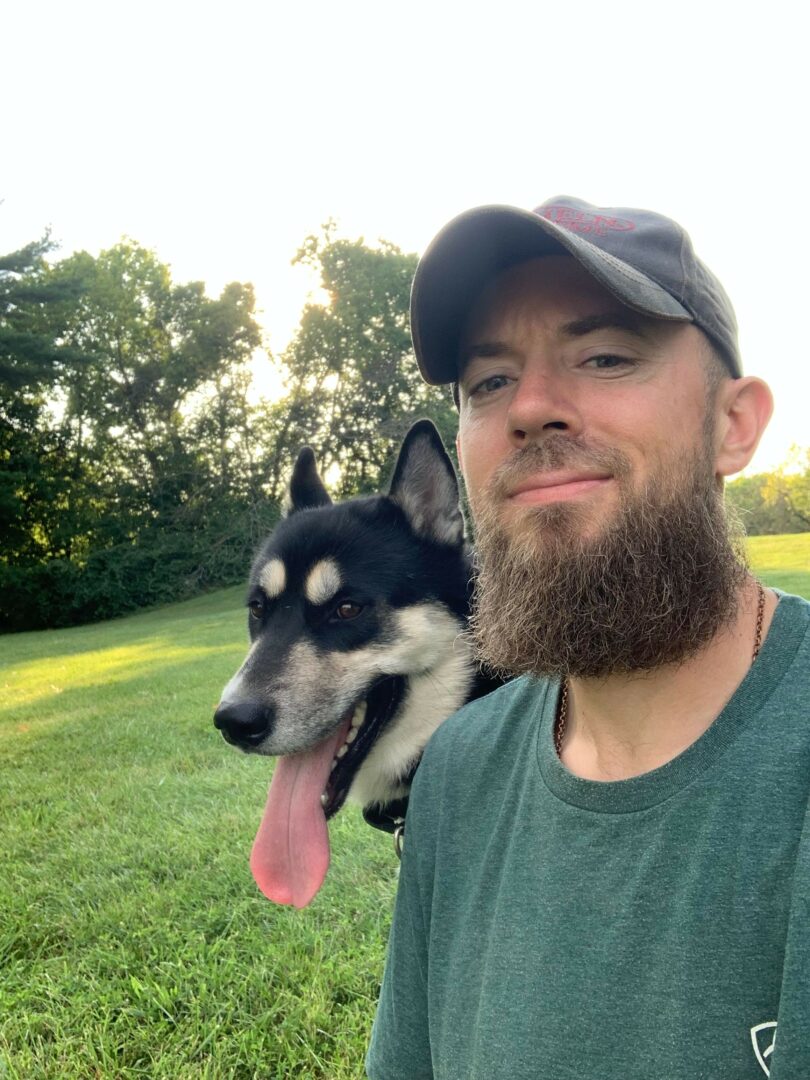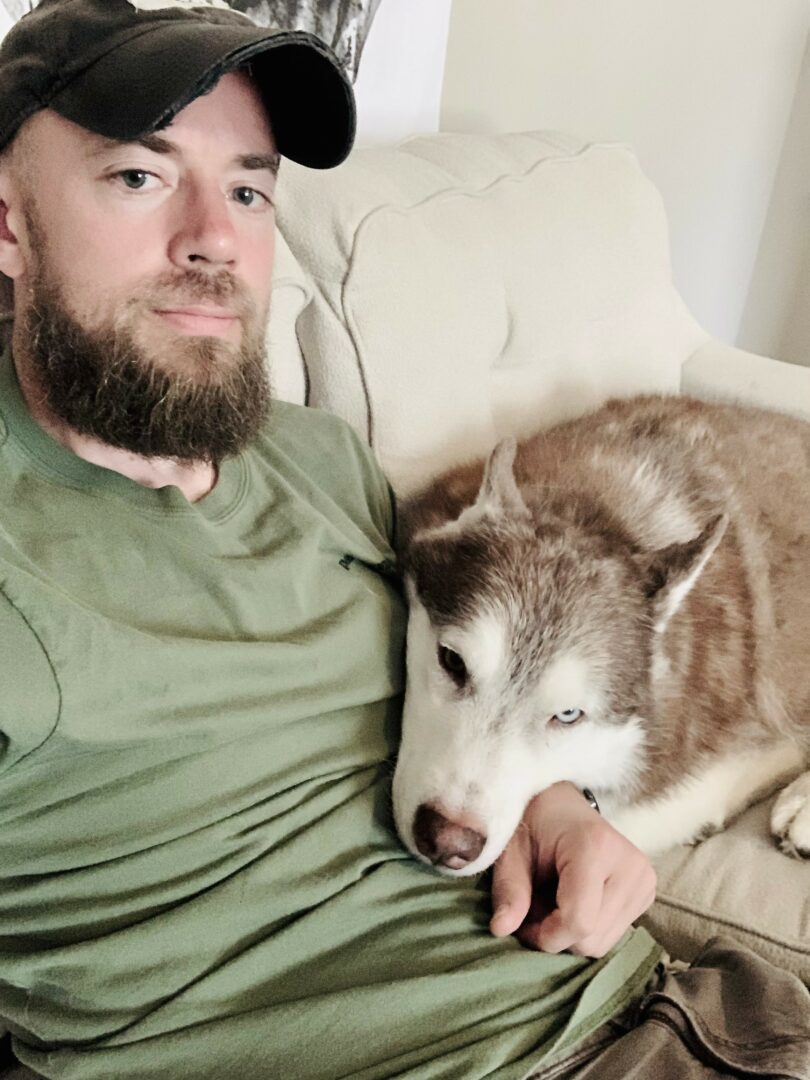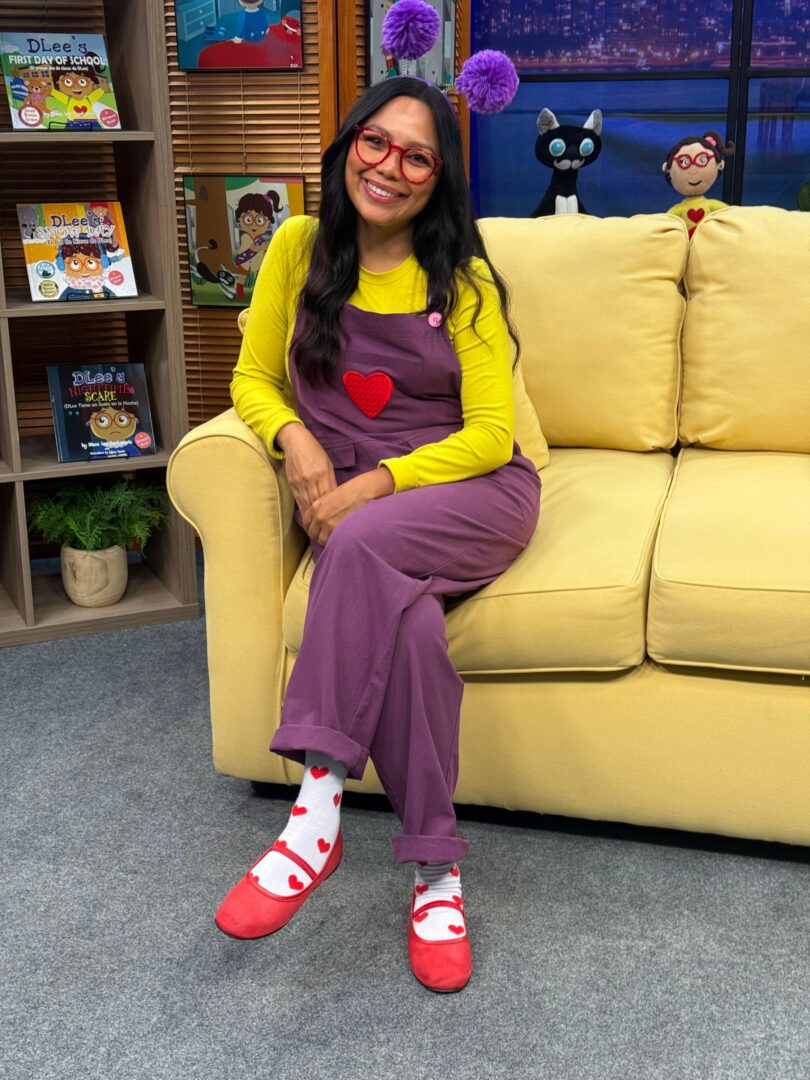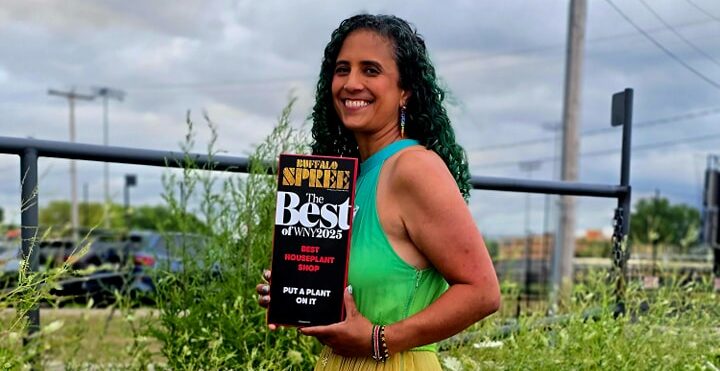We recently connected with CR Reid and have shared our conversation below.
CR , we’re so excited for our community to get to know you and learn from your journey and the wisdom you’ve acquired over time. Let’s kick things off with a discussion on self-confidence and self-esteem. How did you develop yours?
Ah, confidence. Self-esteem. The elusive unicorns of modern psychology. I didn’t wake up one morning, gaze into a sunbeam, and suddenly decide I was enough. No—mine came the old-fashioned way: repetition, deliberate reinforcement, and a fair amount of internal arm-twisting.
Early in life, I was about as confident as a wet sock. Charming, I know. Every mistake felt like an indictment of my entire character, and every compliment a clerical error. But being both stubborn and slightly allergic to helplessness, I decided to treat my own self-perception like I would a patient with a severely under-stimulated prefrontal cortex and a hyperactive limbic system. In other words, a nervous system running the show while the executive board took a smoke break.
I began with small behavioral experiments. Nothing heroic. I said one true thing in a room full of people and didn’t immediately combust. I practiced self-assertion the way someone might practice a deadlift: low weight, high reps, controlled form. And each time I did, I paid attention—on purpose. I didn’t just wait for confidence to sneak in through the back door—I trained my brain to recognize and encode success. Repeated exposure to mastery experiences, reinforced with intentional reflection, eventually created a new internal model: “You’ve done this before. You’ll do it again.”
From a neuropsychotherapeutic perspective, I was engaging in what we might call cortically mediated restructuring—actively re-routing my self-appraisal circuits through repetitive, reinforcing behavior. It was Hebbian learning in action: neurons that fired together eventually stopped trying to kill my vibe.
And let’s not pretend it was glamorous. I wasn’t chanting affirmations in a mirror like a caffeinated guru. No—this was subtle, clinical. I challenged distorted self-schemas with Socratic inquiry. I made a habit of catching maladaptive narratives mid-sentence, replacing them with more accurate—and therefore more empowering—interpretations. Essentially, I ran a full-scale, longitudinal CBT experiment on myself with the patience of a monk and the sarcasm of someone who’s been in too many staff meetings.
Over time, confidence stopped being something I hoped would show up and started being a habit I had built. Not flawless, not bulletproof—but resilient, consistent, and real.
So no, I didn’t “find” self-esteem. I built it. Brick by brick. Neural loop by neural loop. With equal parts discipline, dry humor, and the occasional existential crisis.
And that’s the story. Not a hero’s journey—more like a very stubborn lab rat that finally figured out how to push the right lever.

Appreciate the insights and wisdom. Before we dig deeper and ask you about the skills that matter and more, maybe you can tell our readers about yourself?
Sure. So, I run a YouTube channel (also on Instagram and Tiktok) called Brain, Brawn, and Bark, which—much like its creator—is a strange but functional blend of psychology, physical health, philosophy, and dog hair. The channel’s premise is simple: educate, entertain, and occasionally provoke existential dread… all while walking my two dogs, who contribute absolutely nothing aside from good looks and the occasional interruption when a squirrel gets involved.
What makes it special, I think, is the combination of brains and biceps—not in a showy, influencer way, but in the “here’s how neuroscience meets real life without requiring a doctorate or a yoga mat” kind of way. I’m a neuropsychotherapist by trade, so the content pulls heavily from clinical experience, research-backed insights, and the occasional philosophical rabbit hole. But it’s presented like you’re talking to a regular guy who just happens to know a lot about the brain, has read too much Camus, and also lifts.
You’ll find videos breaking down how trauma affects behavior, how nutrition and movement rewire your cognition, or why your brain insists on sabotaging your dating life. It’s equal parts science, story, and unfiltered honesty—with a delivery style somewhere between Carl Jung and a deadpan barista who reads Nietzsche for fun.
As for what’s new—I’m expanding the channel’s scope a bit. In addition to standalone videos, I’m building out playlists focused on topics like rewiring thought patterns, using exercise as therapy, and training your nervous system like it owes you rent. I’ve also been toying with a mini-series that blends case-study storytelling with real-world strategies for mental health—something between a docu-vlog and a one-man TED talk.
The larger goal of Brain, Brawn, and Bark is to bridge the gap between deep psychological insight and everyday life—no gatekeeping, no jargon, no fluff. Just real conversations about the mind, the body, and how to live with both… plus two dogs who occasionally steal the show.
Looking back, what do you think were the three qualities, skills, or areas of knowledge that were most impactful in your journey? What advice do you have for folks who are early in their journey in terms of how they can best develop or improve on these?
Looking back, I’d say the three most impactful elements of my journey have been:
Emotional Precision,
Habitual Discipline, and
Knowing When to Shut Up and Observe.
Let me explain.
1. Emotional Precision.
Not just “emotional intelligence,” which has become a buzzword that people slap on LinkedIn profiles like a badge for crying once in public. I mean learning to identify, name, and respond to emotions with clarity—your own and others’. In neuropsych terms, it’s about down-regulating limbic reactivity and cultivating a prefrontal capacity to interpret rather than impulsively react. I didn’t get there by accident. I got there by journaling when I didn’t want to, sitting with discomfort rather than outsourcing it, and by doing the boring inner work repeatedly until my brain got the memo.
Advice: Start with a feeling wheel and an honest conversation. Not with others—with yourself. Daily.
2. Habitual Discipline.
I wish I could say this came from some monk-like devotion, but no. It came from being tired of cleaning up the mess that comes with being inconsistent. I realized that if I wanted to think clearly, create freely, and live sanely, I needed to get my nervous system out of chaos mode. Discipline—especially through movement, nutrition, sleep, and structure—built the scaffolding for everything else.
Advice: Don’t wait to “feel motivated.” Build habits like an engineer, not an artist. Set alarms. Use checklists. Rewire through ritual.
3. Knowing When to Shut Up and Observe.
This one took a while. Early on, I thought insight meant speaking wisely. Later, I learned the real magic is often in knowing when to say nothing. To watch, absorb, listen. That’s when you start to see what’s really going on—whether in clinical work, relationships, or creative work.
Advice: Stop performing and start studying. Don’t fill the silence—mine it. Reflection is where mastery grows.
For those just starting out, here’s the harsh and liberating truth: you can’t shortcut embodiment. You can read every book, follow every expert, and still be emotionally dysregulated, intellectually scattered, and creatively stuck. The real journey begins when you practice what you know—imperfectly, consistently, and with the humility to look foolish while you figure it out.
That’s how I built my path: not by brilliance, but by repetition, self-study, and the occasional dog walk existential crisis.

As we end our chat, is there a book you can leave people with that’s been meaningful to you and your development?
East of Eden by John Steinbeck. Hands down. That book didn’t just impact me—it rearranged me.
It’s one of those novels that doesn’t ask for your attention; it earns it. Slowly. Relentlessly. And then, somewhere between the moral failures of one generation and the inner torment of the next, it hands you a mirror and dares you to look at who you are when no one’s watching.
The line that struck me hardest—and still lives rent-free in my frontal lobe—is this:
“And now that you don’t have to be perfect, you can be good.”
That wrecked me in the best possible way. Because as someone who’s spent years helping people unlearn shame, override trauma circuits, and rebuild a sense of self with evidence instead of guilt, I realized I had to turn that same lens inward. That striving for perfection—cognitively, professionally, emotionally—wasn’t virtuous. It was avoidance in a nice suit.
Steinbeck doesn’t hand out answers. He lays out the inevitability of human struggle, the weight of free will, and the quiet power of choice. Timshel—“thou mayest”—became a kind of personal philosophy. The idea that we are neither doomed by our blood nor saved by it—that choice, deliberate and often difficult, is what redeems or damns us.
That resonated not just in my work as a neuropsychotherapist, but in my own self-discipline, in building my YouTube channel (Brain, Brawn, and Bark), and in how I approach change—be it neurological, behavioral, or existential. People don’t change because they’re told to. They change when they realize they may.
So East of Eden didn’t give me hope, exactly. It gave me agency. And that’s something I try to pass along in everything I do—clinical work, writing, even filming while two untrained dogs bark at passing cyclists. Because perfection is brittle. But goodness, chosen freely and practiced daily, is unshakable.
Contact Info:
- Instagram: https://www.instagram.com/cr.reid/
- Twitter: https://x.com/casey_reid23
- Youtube: https://www.youtube.com/@CRReid
Image Credits
Image Credits: All photos featured are original works captured by CR Reid.
so if you or someone you know deserves recognition please let us know here.




